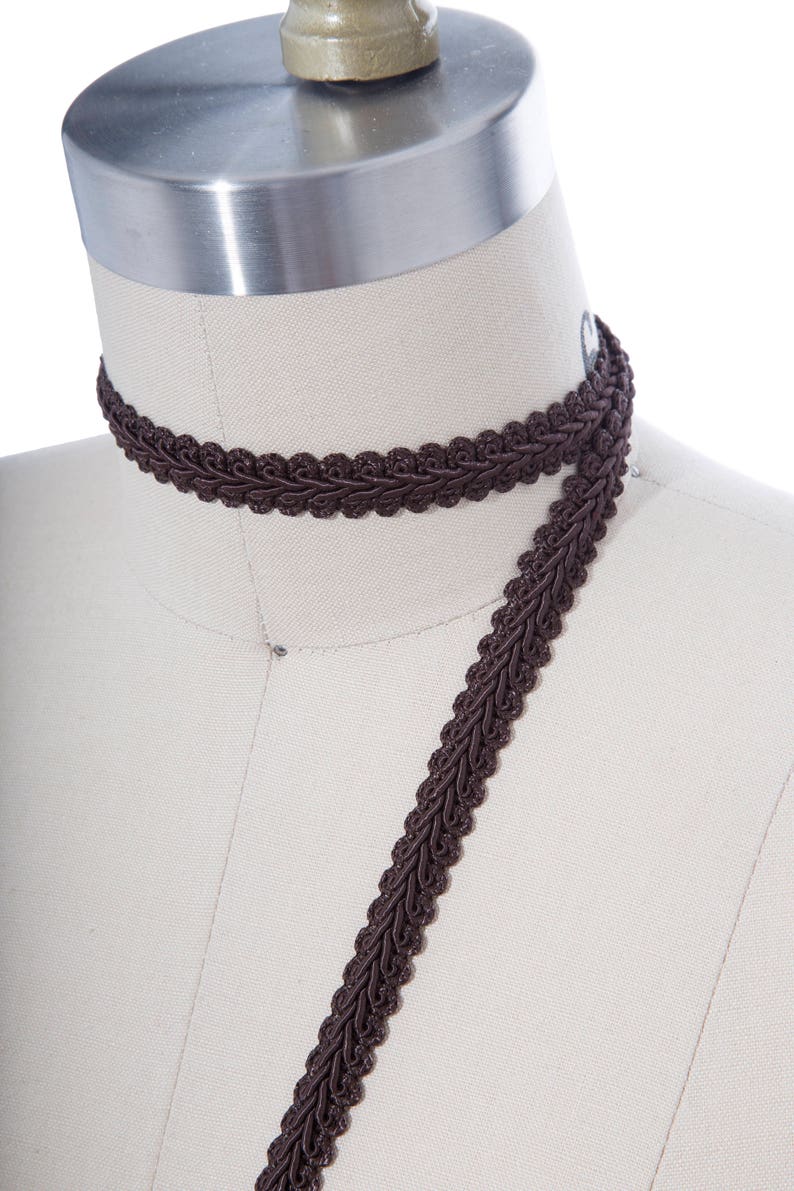

Bias tape is used to cover or encase a raw edge and comes in single fold and double fold of varying widths. This cut gives the fabric more flex so it will curve around corners without as much bunching or kinking. Bias Tapeīias tape is a long strip of fabric that has been cut “on the bias” (at a 45˚ angle). If you are sewing the trim into a seam, you can extend the taped end beyond your seam allowance, then once the trim is secure, trim the trim (hey… I like that, it’s a verb and a noun) flush with the seam allowance. (Some people like to put the tape on before they cut.) Right before you sew it onto your project, carefully remove the tape from the ends. To prevent this put a piece of tape over both ends just after you cut it. When you cut any kind of sewing trim, the ends will want to unravel. The towel looked great until I ran it through the laundry–after which it looked like a failed tie-dyeing experiment. It came straight off the roll and I didn’t pre-wash it. I once sewed some dark vintage ribbon along the edge of a white hand towel. Put your trims in a lingerie laundry bag (or use a sock) before putting them in your washing machine. And, some vintage trims may not be color-fast. If the item you’re making will be washed at some point, you should pre-shrink (wash and dry) both your fabric and your trims. First: Two Quick Trim Tips Pre-shrinkingīefore you do anything with any kind of trim, you need to know if it might shrink if you wash it. So it helps to know what you’re looking for. Online retailers will also have them grouped a number of different ways. Unique sizes of rick rack, jumbo and teeny tiny, are often also found in the by-the-yard section. When you go to the fabric store, you’ll find traditional trims (which you purchase by the yard on a roll or mini- bolt) in one section, ribbon in another section, and bias tape and rick rack (which you usually purchase in a pre-cut package) in another. But once you become familiar with them you’ll want to use them to make your finished projects look terrific Just about everybody who’s new to home décor finds the names of sewing trims a little odd at first. If you think Jacquard, Soutache and Gimp sound like the crew of a pirate ship, you’re not alone.


 0 kommentar(er)
0 kommentar(er)
